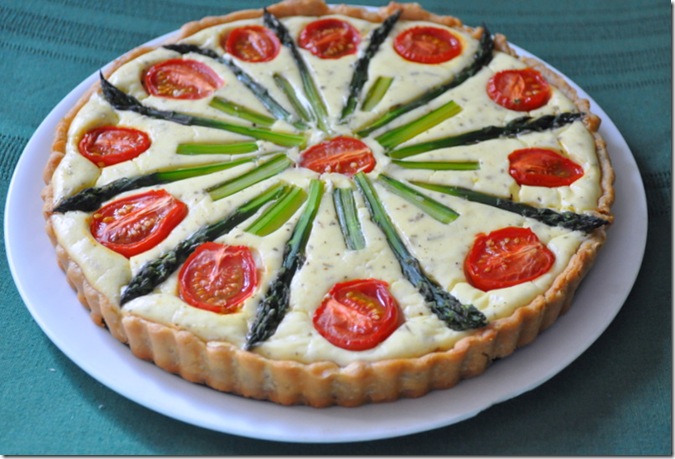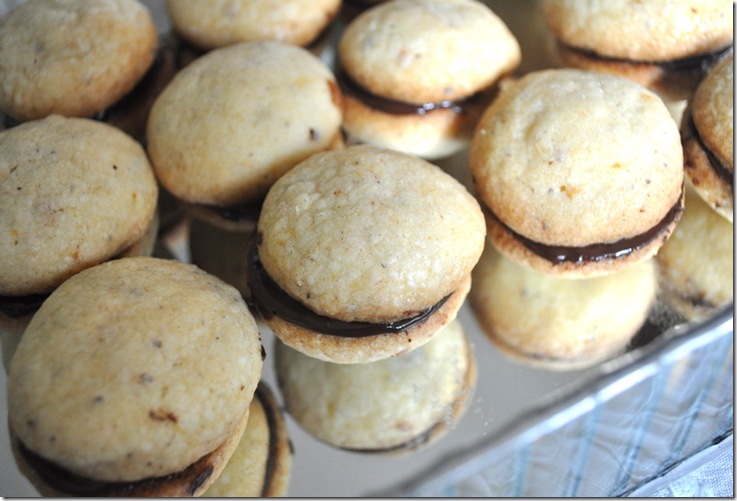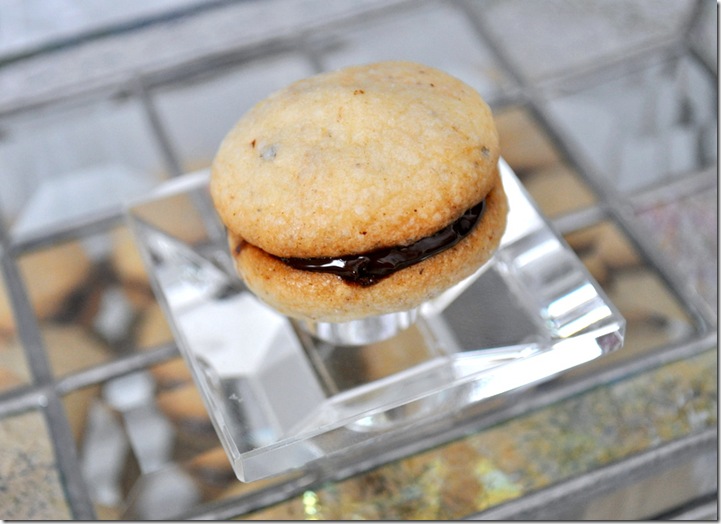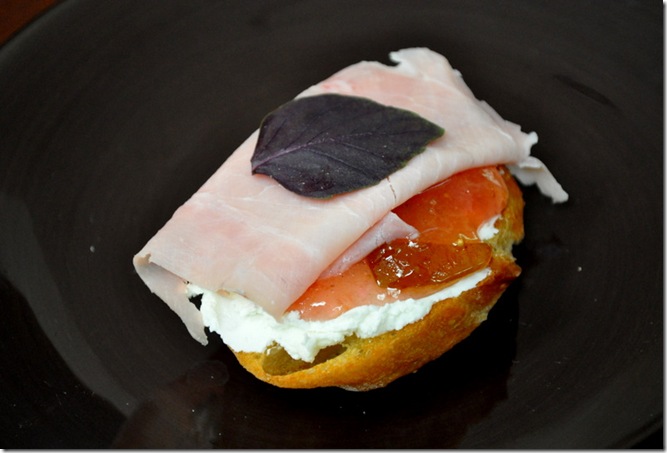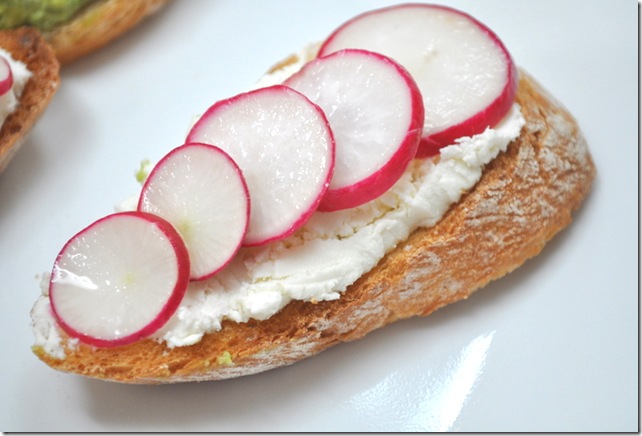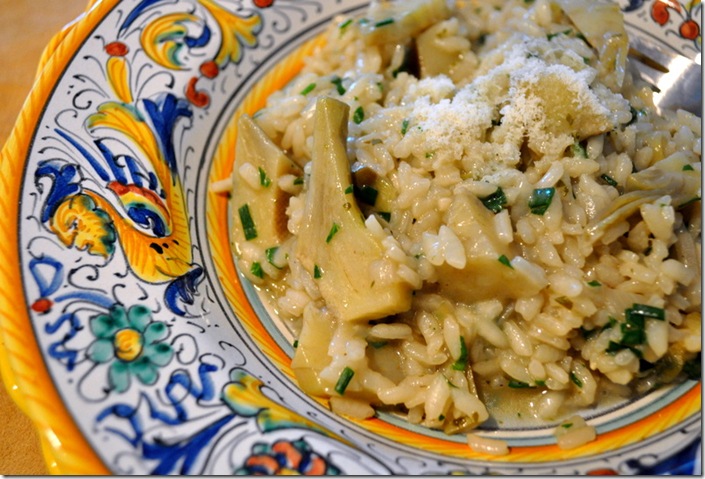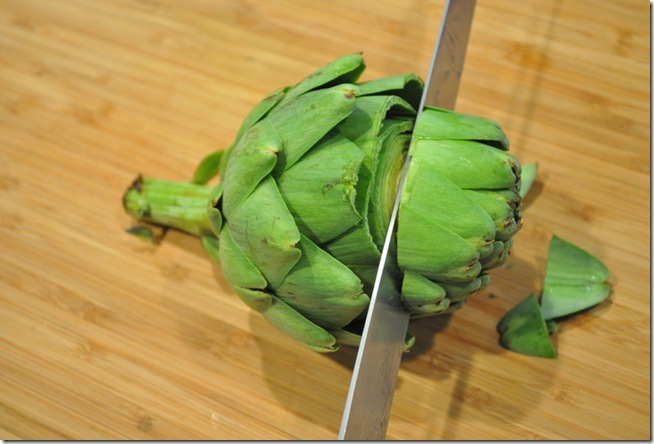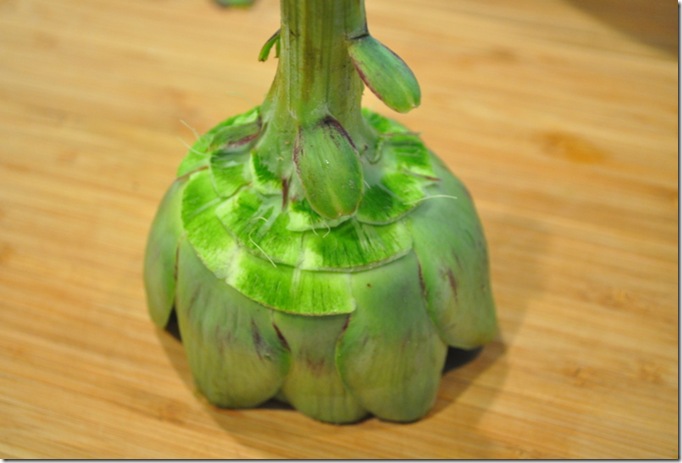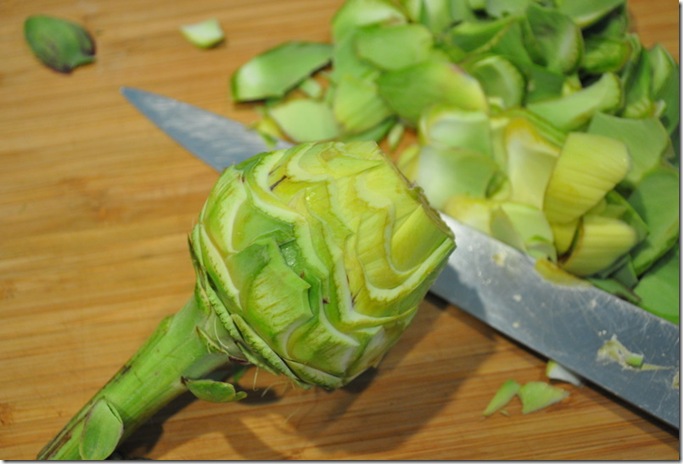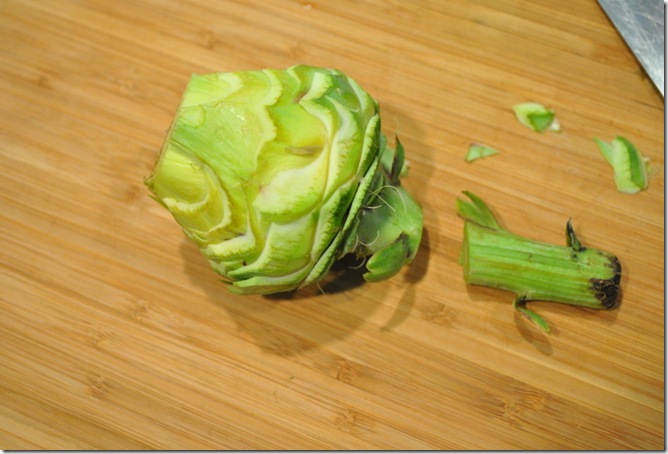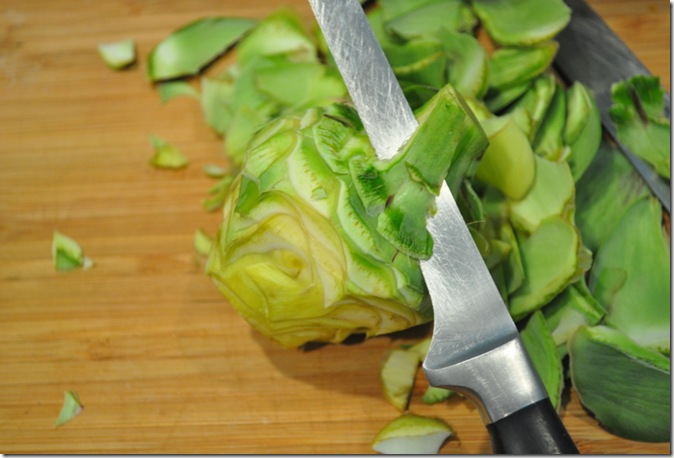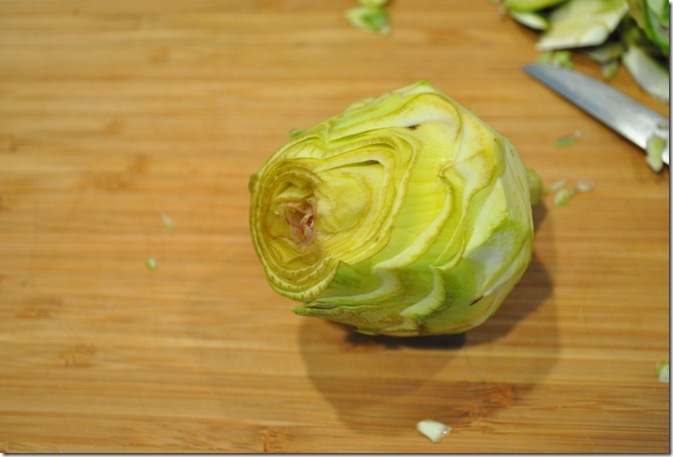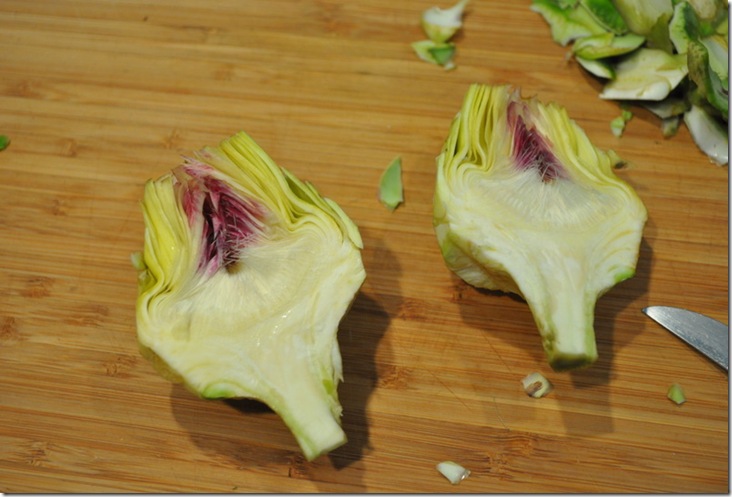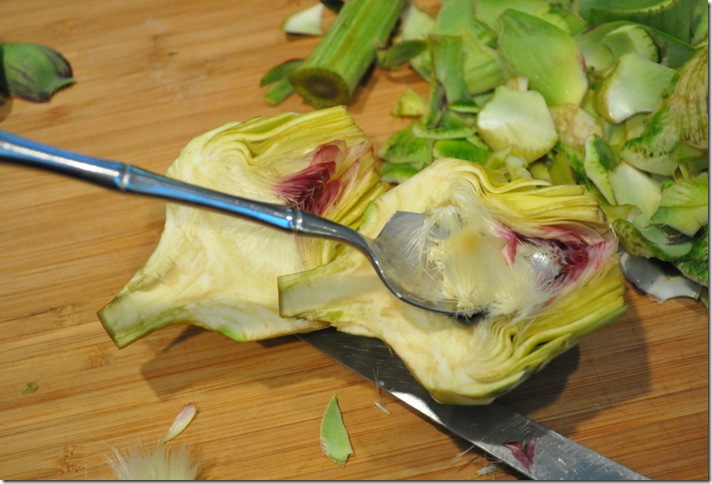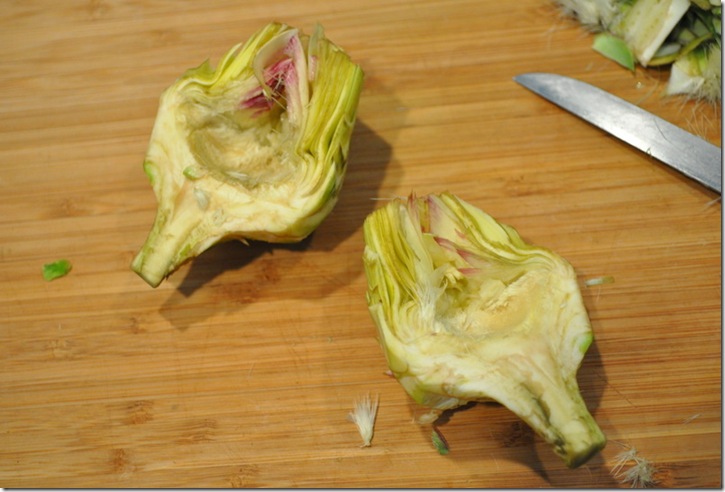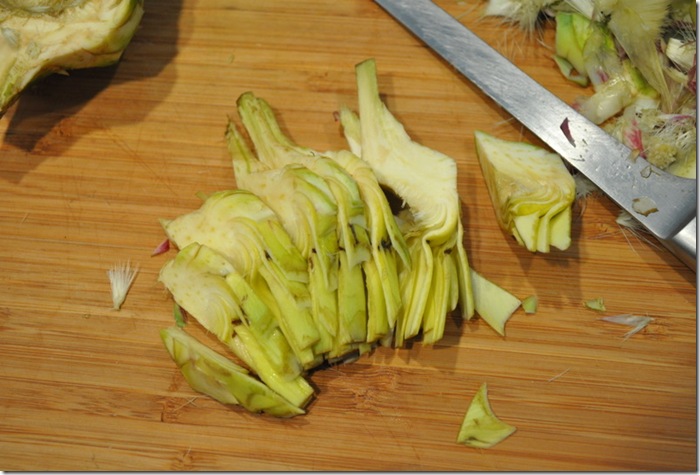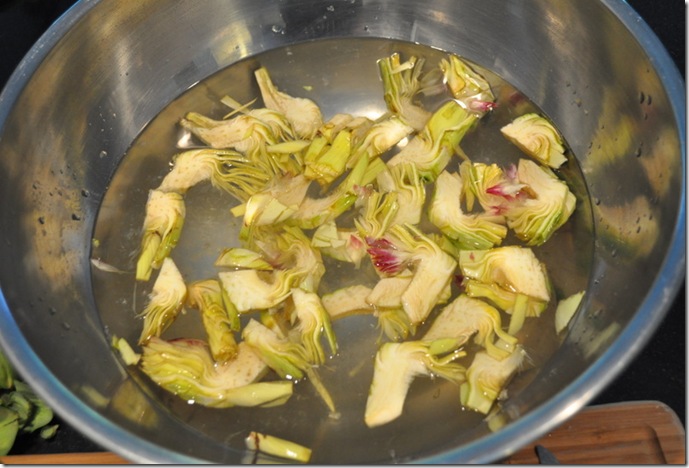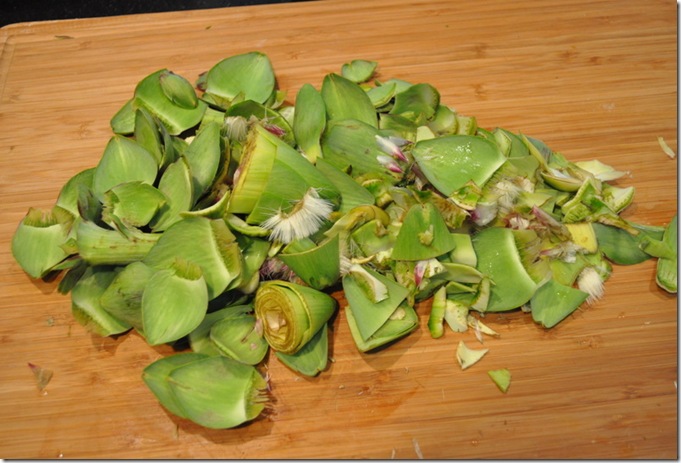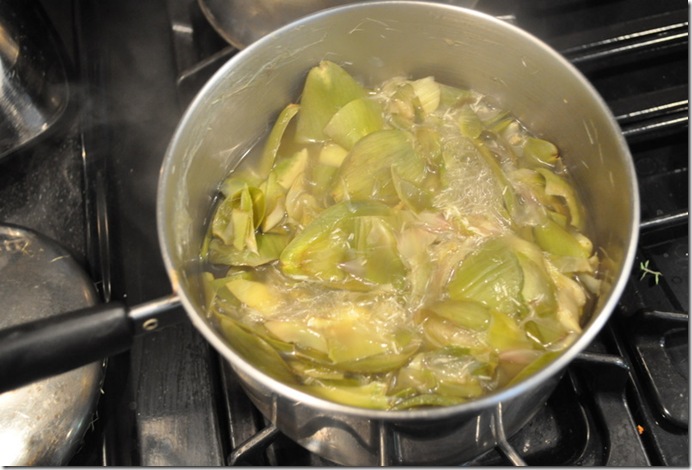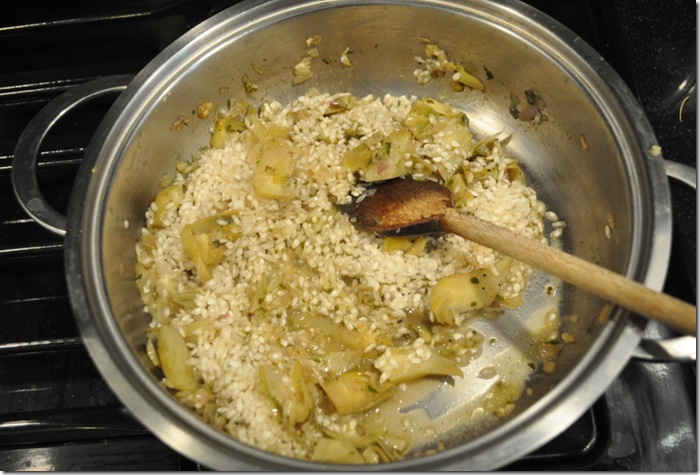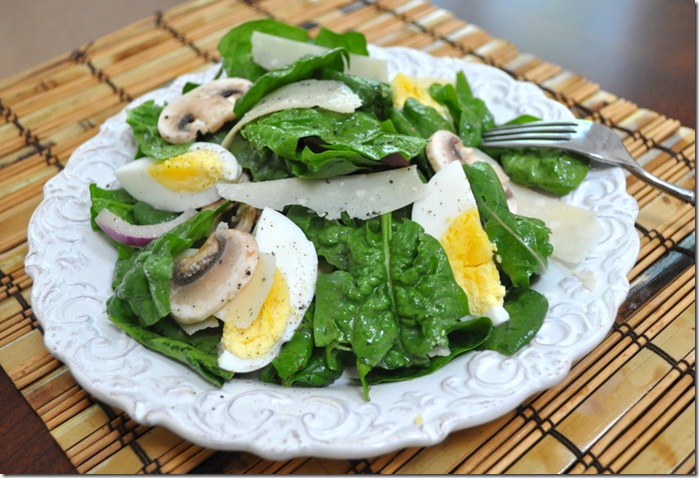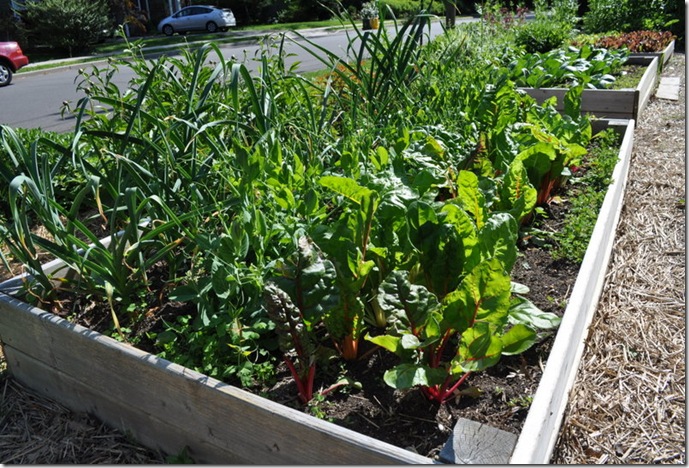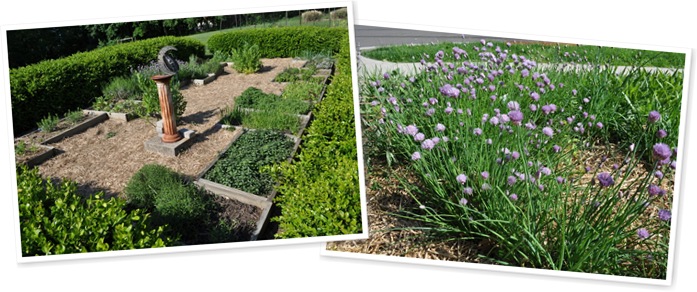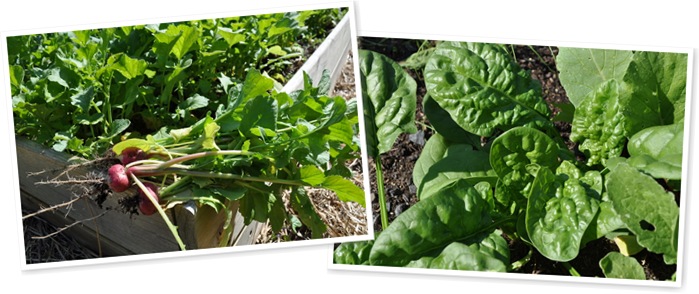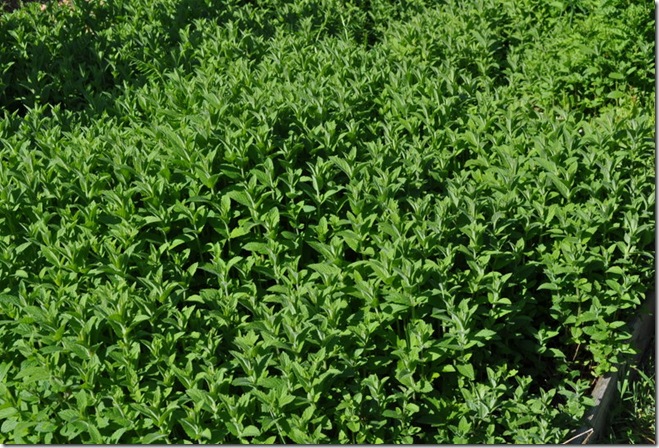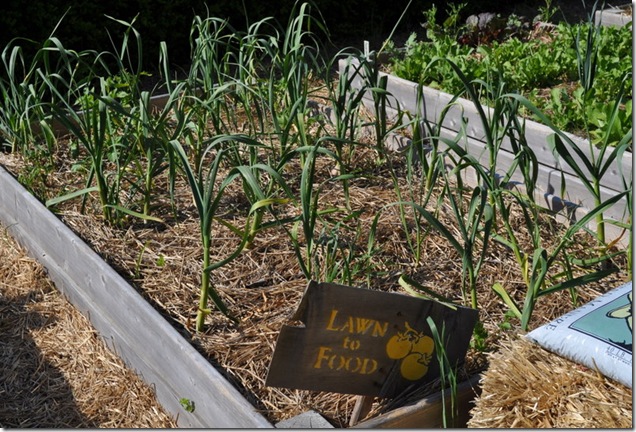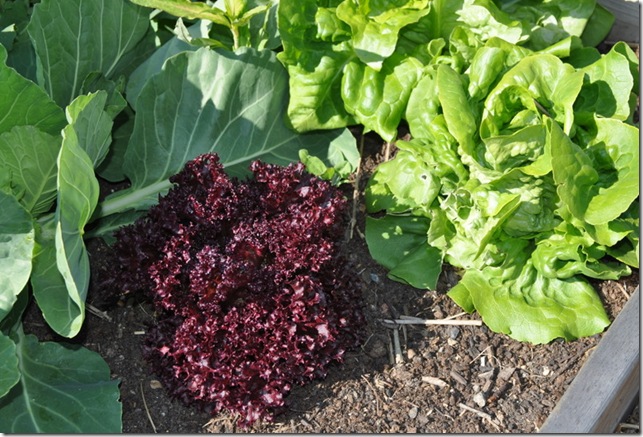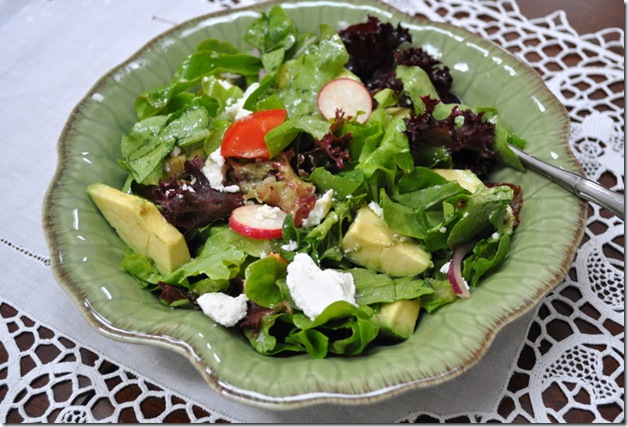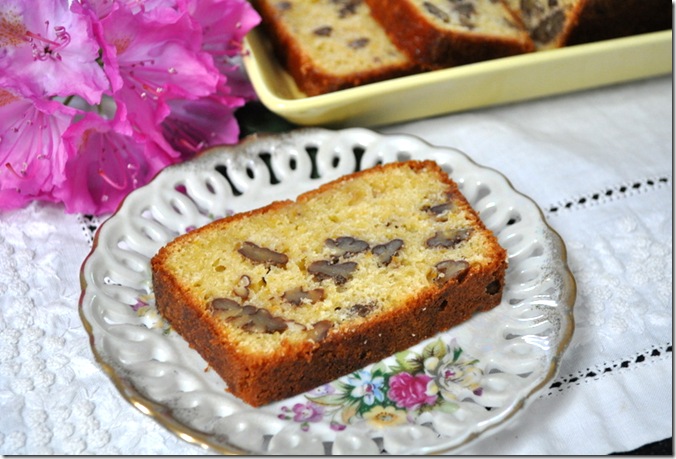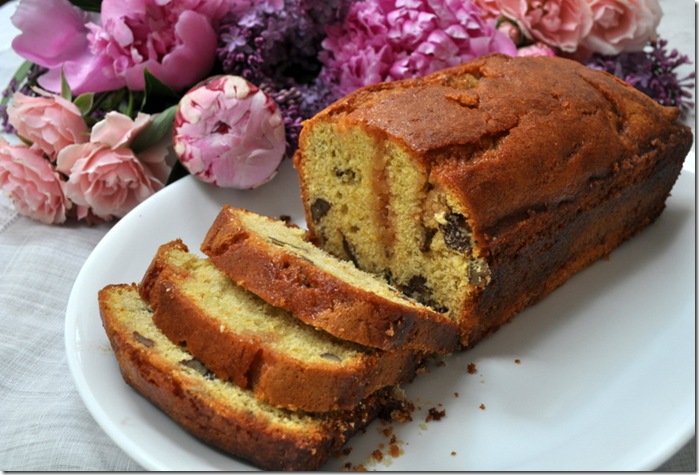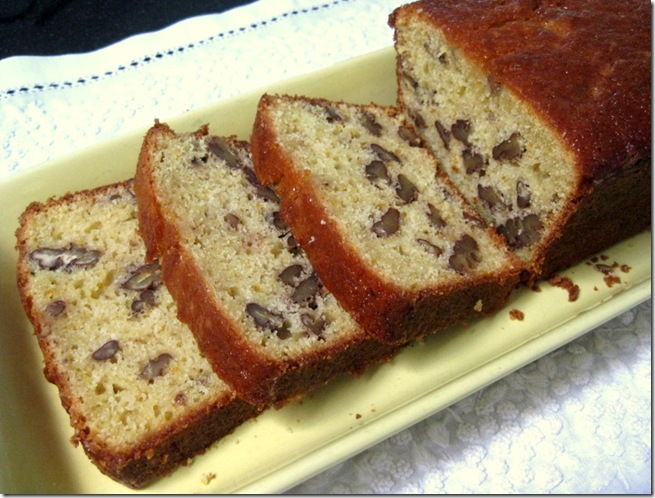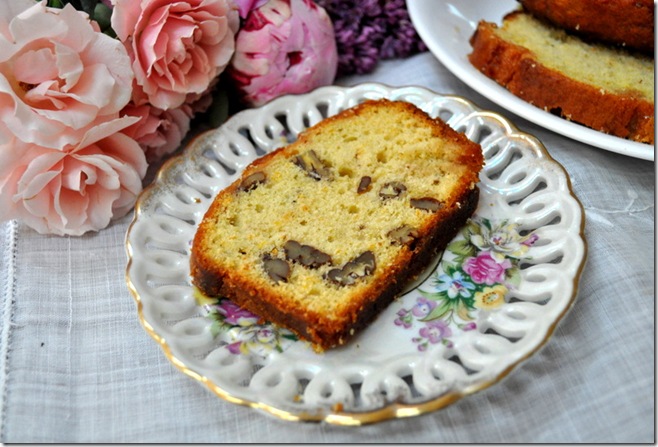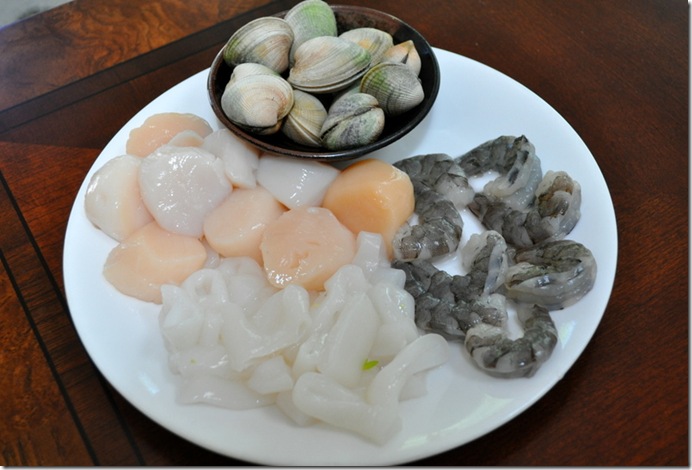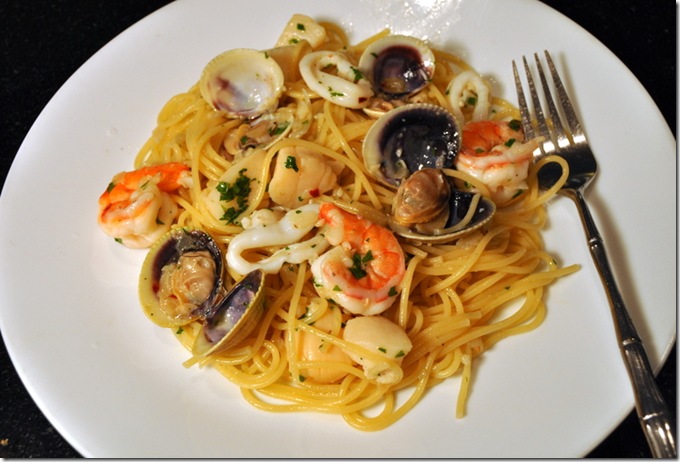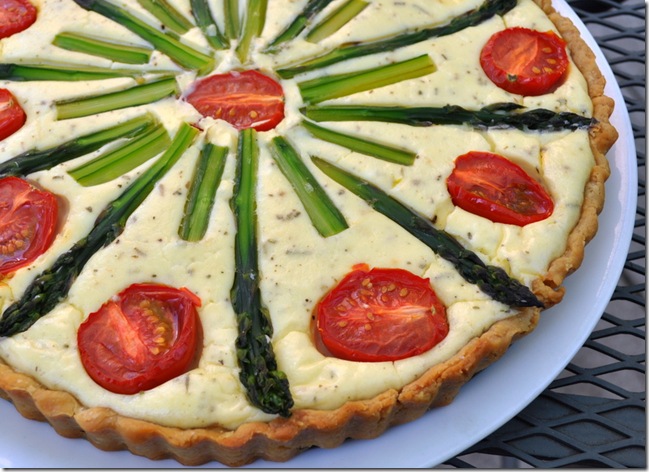 So much of my cooking is determined by what items need to get used up before they turn into refrigerator “mummies” worthy of an archeological dig. So it was with a large log of goat cheese that I had bought recently. Enough with the goat cheese and beet salad, much as I love it. Time for something different.
So much of my cooking is determined by what items need to get used up before they turn into refrigerator “mummies” worthy of an archeological dig. So it was with a large log of goat cheese that I had bought recently. Enough with the goat cheese and beet salad, much as I love it. Time for something different.
Once I saw Marie’s ricotta cheese tart on Proud Italian Cook, I had all the inspiration I needed. It not only looked sensational, but I knew it would taste terrific. Everything Marie makes is wonderful. Another time I will try her recipe verbatim, but this time I substituted the goat cheese for the ricotta she used and added another egg to lighten it up, along with a few herbs to brighten the flavor.
With a salad of fresh garden greens by its side, it made a perfect dinner, but I could also see small wedges of this as an appetizer. Or bake it in a square or rectangular tart pan and cut into squares for bite-size nibbles. Of course, if you don’t like goat cheese, you’re not going to like this tart. In that case, follow Marie’s example and stick with the ricotta.
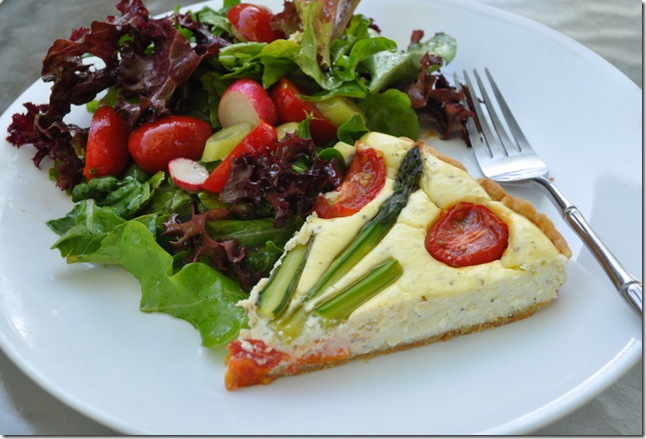
Here’s another idea using that asparagus spoke design: a beautifully prepared asparagus and leek quiche made by Stacey Snacks, another one of my favorite food bloggers. If only I’d had an excess of leeks and gruyere in the fridge instead of goat cheese. Next time.
 Either way, stay with the arrangement of asparagus spears and small tomato halves. It’s almost too pretty to slice into. ….Almost.
Either way, stay with the arrangement of asparagus spears and small tomato halves. It’s almost too pretty to slice into. ….Almost.
Goat Cheese Tart
soft goat cheese at room temperature (about 10 to 12 ounces)
3 large eggs
1 crushed garlic clove
Zest of one lemon
Salt and pepper to taste
1 T. dried herbs de Provence or minced fresh herbs
asparagus stalks, peeled and blanched for a minute or two
small tomatoes, like Campari tomatoes, cut in half
Partially cooked tart shell (I bought pie dough in the refrigerated case and baked it about 10 minutes)
Pre-bake the tart shell and let it cool. Mix the goat cheese until smooth with the garlic, lemon zest, herbs, salt and pepper and pour mixture into pie shell.
Arrange asparagus and tomato halves on top and sink them slightly into the ricotta.
Bake in a 375 degree oven until crust is golden and goat cheese is set – about 30 to 45 minutes.

